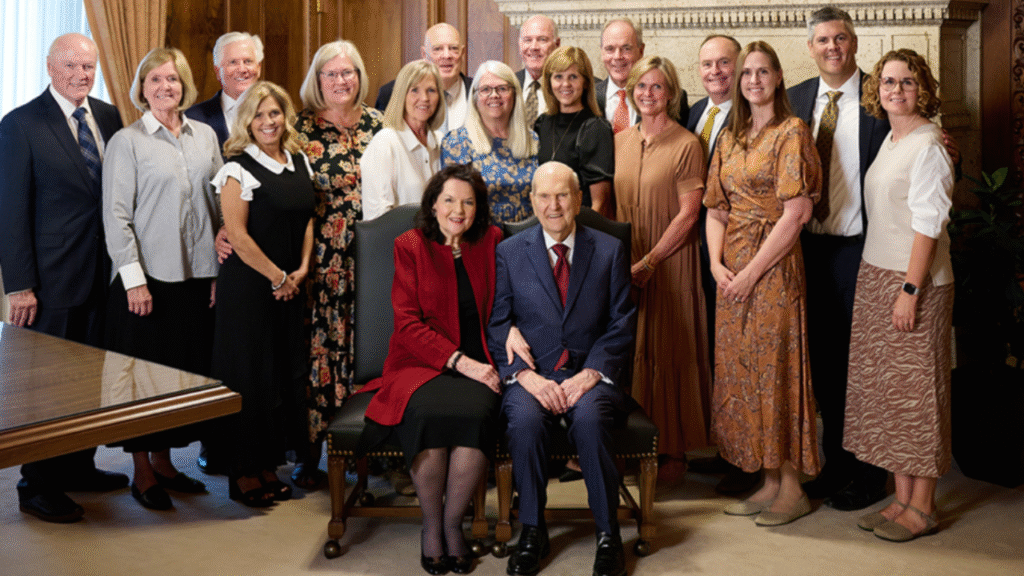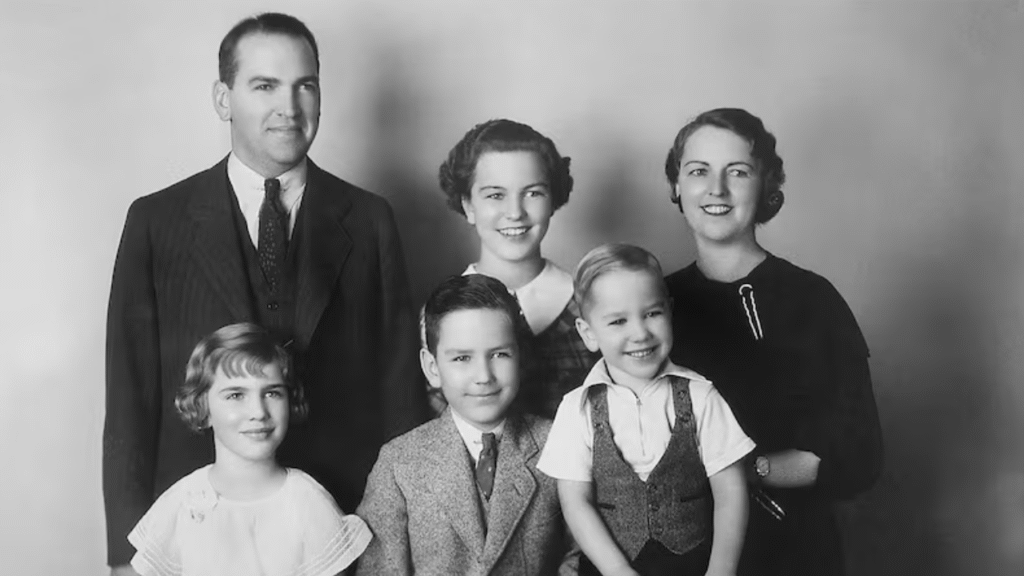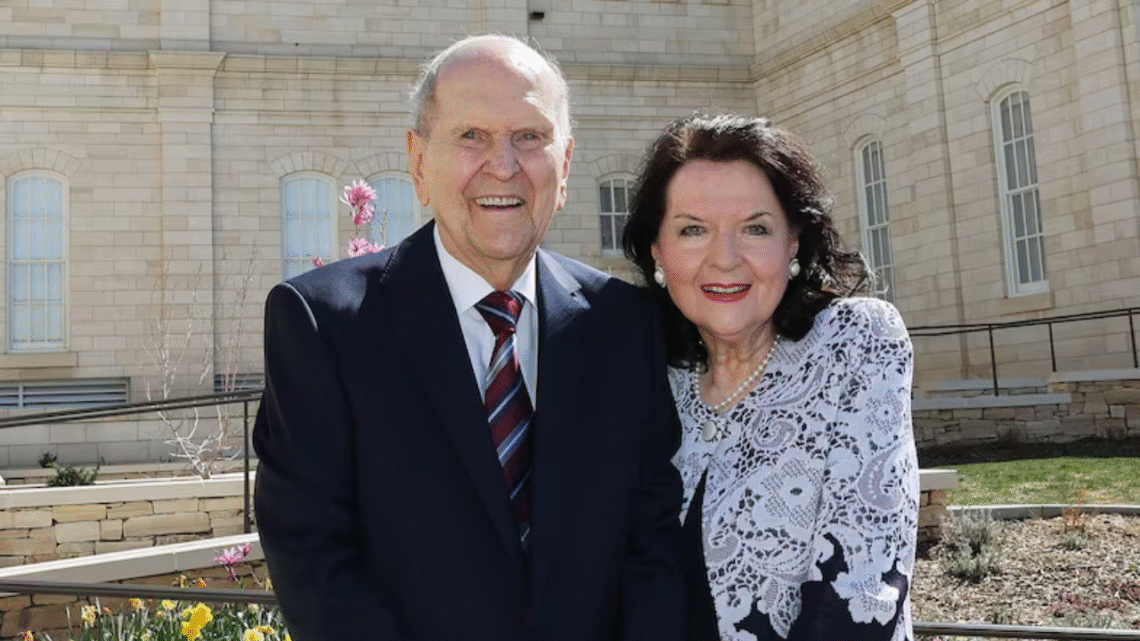President Russell M. Nelson, the 17th president of The Church of Jesus Christ of Latter-day Saints (LDS Church), passed away on September 27, 2025, at the age of 101. His death marked the end of a transformative era for the LDS Church, characterized by doctrinal clarity, organizational innovation, and a commitment to global outreach. Known as a spiritual visionary and a pioneer in both medicine and church leadership, Nelson’s legacy continues to inspire millions of Latter-day Saints worldwide.
A Life of Service and Leadership

Early Life and Medical Career
Russell Marion Nelson was born on September 9, 1924, in Salt Lake City, Utah. From a young age, he exhibited remarkable intelligence, discipline, and a profound sense of duty. Nelson pursued a medical degree from the University of Utah, followed by advanced training in surgery at the University of Minnesota. He went on to become a renowned heart surgeon, contributing significantly to the development of open-heart surgery techniques. Nelson’s medical career reflected his dedication to improving human life, a trait he carried into his ecclesiastical service.
Ascension to Church Leadership
Nelson’s religious service began in earnest in 1984 when he was called to the Quorum of the Twelve Apostles. He served faithfully for decades, offering spiritual guidance, leadership, and counsel. In 2018, after the passing of President Thomas S. Monson, Nelson became the 17th president of the LDS Church. His presidency ushered in a period of profound transformation, shaping both the church’s internal organization and its global influence.
Transformative Changes Under President Nelson
Doctrinal Reforms
President Nelson emphasized doctrinal clarity and consistently encouraged members to use the full name of the church—The Church of Jesus Christ of Latter-day Saints—rather than abbreviations such as “Mormon” or “LDS.” This change highlighted the centrality of Jesus Christ to the faith and reinforced the church’s spiritual identity.
Another significant reform was the reversal of certain policies regarding the baptism of children from same-sex households. This move fostered inclusivity and demonstrated Nelson’s commitment to compassion and modern understanding within the church.
Organizational Changes
Nelson oversaw several organizational reforms to better align the church with the needs of a global membership. He ended the LDS Church’s affiliation with the Boy Scouts of America, replacing it with a new worldwide youth program designed to engage children in spiritual and practical development. Additionally, he shortened Sunday services to make worship more meaningful and accessible while increasing the emphasis on personal study and family devotion.
Another hallmark of Nelson’s leadership was the expansion of temples worldwide. He announced plans for more than 200 new temples, dramatically increasing access for members globally and emphasizing the importance of sacred ordinances.
Addressing Social Issues
President Nelson was attentive to social issues within and outside the church. He prioritized improving procedures for handling reports of abuse, fostering a culture of accountability and protection for vulnerable members. He also promoted diversity and inclusion within church leadership by appointing leaders from different countries and cultural backgrounds.
Furthermore, Nelson engaged with organizations advocating for social justice, helping address historical racial exclusions and encouraging dialogue and understanding across communities.
Global Outreach and Legacy
Expanding the Church’s Reach
Under Nelson’s guidance, the LDS Church grew its global footprint. His efforts to build temples and establish localized programs reflected a vision for making the faith accessible to members in all corners of the world. The global youth program provided spiritual education and leadership development to children everywhere, reinforcing the church’s mission in contemporary society.
Emphasis on Personal Faith
Beyond institutional reforms, Nelson stressed the importance of individual spiritual growth. He encouraged members to deepen their personal relationship with Jesus Christ, emphasizing daily prayer, scripture study, and living principles of love and service. Nelson believed that the strength of the church came from the commitment of its members to live their faith authentically in daily life.
Real-Life Example
One notable example of Nelson’s emphasis on personal faith was his guidance to members during global challenges, encouraging reliance on prayer and service. Members reported increased engagement with family worship and community service, reflecting the transformative influence of his leadership on everyday life.
Tips and Strategies from President Nelson’s Leadership
- Prioritize Clarity: Nelson demonstrated the importance of clear communication, whether doctrinally or organizationally. Modern leaders can learn from his approach by simplifying messages to ensure understanding.
- Adapt and Innovate: Ending the church’s affiliation with traditional organizations and creating global youth programs showed his willingness to adapt structures to better serve members.
- Emphasize Inclusion: Nelson’s reforms on social policies and leadership diversity highlight the power of inclusivity in building strong, sustainable communities.
- Lead by Example: Nelson’s own personal faith and disciplined life serve as a model for leadership grounded in action rather than words alone.
FAQs About President Russell M. Nelson
1. What was President Nelson’s most significant contribution to the LDS Church?
His emphasis on doctrinal clarity, global expansion, and spiritual engagement was arguably his most enduring contribution.
2. How did President Nelson impact the global reach of the church?
Through the construction of hundreds of temples worldwide and the creation of inclusive programs, Nelson ensured the church’s accessibility across continents.
3. What reforms did President Nelson implement for youth programs?
He replaced the church’s affiliation with the Boy Scouts of America with a global youth initiative designed for spiritual and personal development.
4. How did President Nelson address social issues within the church?
He promoted inclusion, revised policies on sensitive issues, and strengthened guidelines for safety and accountability.
5. What was Nelson’s approach to personal faith?
He encouraged daily practice of faith principles, deepening the personal connection to Jesus Christ and fostering joyful spiritual living.

Conclusion
President Russell M. Nelson’s leadership transformed the LDS Church on multiple fronts—doctrinally, organizationally, and spiritually. His commitment to clarity, inclusion, and global outreach shaped the church’s path in the 21st century. Through his reforms, guidance, and personal example, Nelson left a legacy of innovation, compassion, and devotion to faith that will influence generations of Latter-day Saints for years to come.




